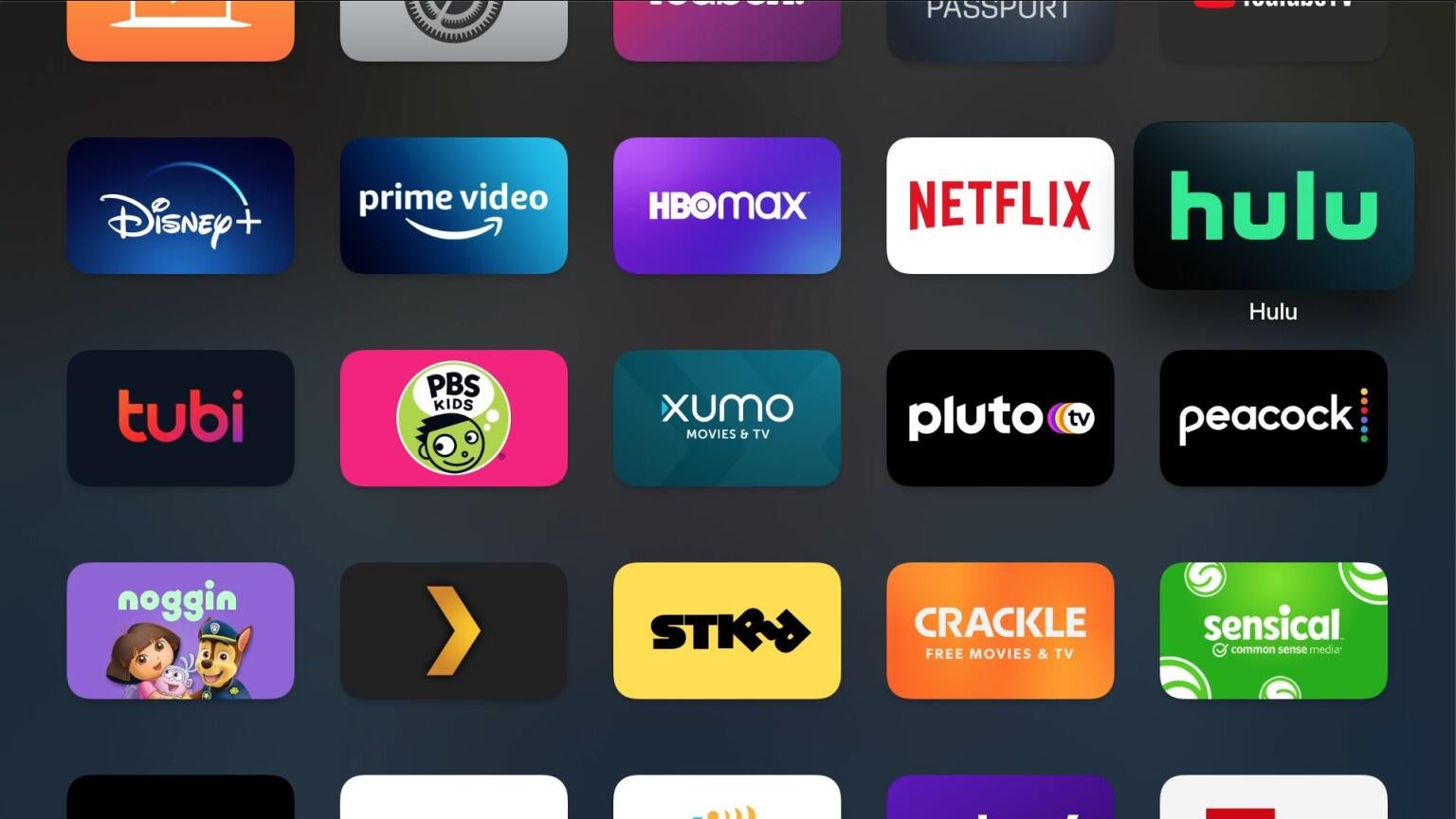
Advertising is the lifeblood of streaming services. Even the ones who accept paying subscribers, like Hulu, will often throw in an ad-supported tier to undercut costs. A recent report out from Kantar reveals just what kind of cash goes into advertising on streaming, and why streaming services crave new subscribers.
The report revealed that, over the course of the last 12 months, just four platforms—Hulu, Paramount+, Peacock, and Tubi—brought in a combined total of about $2.25 billion in advertising revenue. The total for ad-supported streaming in general, though, hit $3.5 billion.
That’s impressive enough, but the breakdown Kantar offered was even better. Hulu by itself accounted for nearly a third of the total AVOD haul with a full $1 billion. Immediately following Hulu was Paramount+ with a hefty $822 million. Meanwhile, Peacock and Tubi proved very close in their slices of the ad spend pie; Peacock brought in $279 million and Tubi brought in $250 million. The other services Kantar covered contributed various amounts to make up the rest of the $3.5 billion generated through ad sales on streaming platforms.
All told, AVOD services are pulling in over $300 million in monthly advertising these days.
In 2022, Kantar plans to add a range of platforms to its coverage, including HBO Max and Pluto TV, among others. With the expansion, Kantar will be covering a market that accounts for nearly $8 billion in total advertising revenue.
Kantar’s study even offered breakdowns by spending in class and by name. Media and advertising proved the biggest draw, with the industry spending a combined $574 million. Automotive companies, pharmaceutical firms, and retailers also proved attracted to the streaming model. The biggest single spender on streaming advertising was Capital One, with $74 million in advertising spend.
One thing perfectly clear to advertisers, revealed Kantar’s Global Product Leader for Advertising Intelligence Stephen Davis, was that advertisers increasingly prefer streaming thanks to its ability to deliver “…targeted, incremental reach” to advertisers. This is perhaps more true in some cases than in others; certainly, no one’s going to Shudder for romantic comedies or to Crunchyroll for the latest news from the NASCAR circuit. However, those going to stream on Hulu may be going for anything from “The Great American Baking Show” to the Christmas horror film “A Nasty Piece of Work.” The targeting on the larger, and less specialized, streaming platforms may not be quite so sharp. However, since there is separation within the platform, targeting might still take place.
Almost as useful to advertisers as the targeting is the matter of reach. Advertising must go where the people are. There’s no sense in advertising to an empty room. With more and more users moving to streaming platforms, that’s prompting advertisers to follow suit so they can reach any market at all. Cable and broadcast’s decline is making reach difficult to achieve in general without streaming.
With so much cash at stake, it’s easy to see why there’s such competition among streaming platforms. The more viewers a platform can boast, the better suited it is to appeal to advertisers. While specialized networks have their own pitches to make, the sheer bulk of subscriber numbers makes for just as sound a draw. Look for the competition among networks—especially those who aren’t solely reliant on subscriptions—to intensify as platforms court advertisers accordingly.
Related: The Best Free Streaming Services